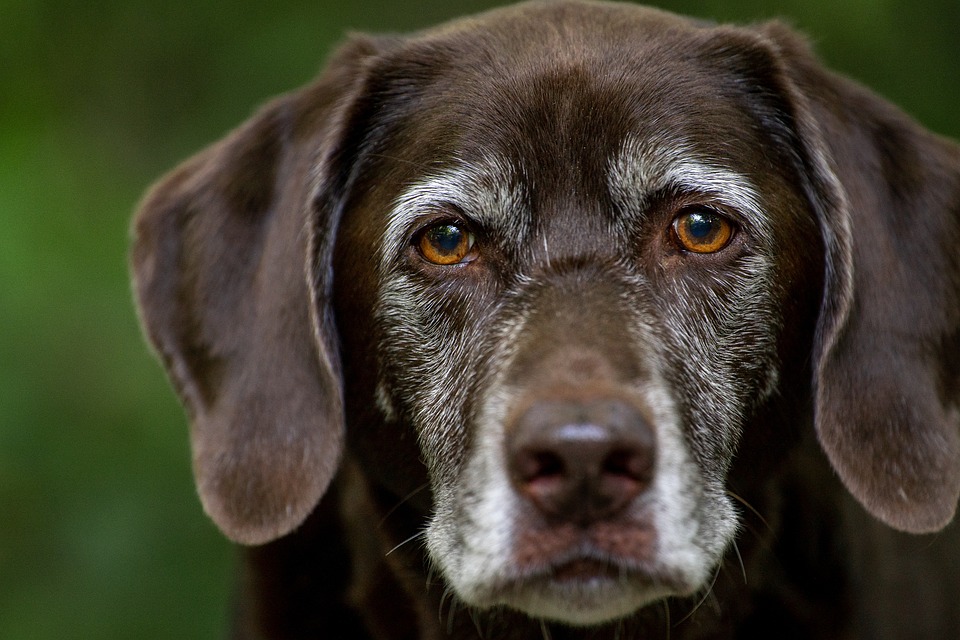Training your dog for calm behavior during trips to the groomer or pet salon is crucial for their well-being and the groomer’s safety. In this article, we will discuss effective training techniques and answer some frequently asked questions about grooming training.
Regular grooming appointments are essential for maintaining your furry friend’s health and hygiene. However, many dogs can become anxious or stressed during these visits, making them uncomfortable or even fearful. By training your dog for calm behavior, you can greatly reduce their anxiety and ensure a positive experience for both them and the groomer.
Training your dog for calm behavior during grooming sessions is crucial for several reasons. Not only does it make the process more enjoyable for your pet, but it also ensures their safety and the groomer’s well-being. Additionally, well-behaved dogs are more likely to receive proper grooming care without any unnecessary stress or discomfort. By investing time in training, you can create a positive association with grooming visits and establish a harmonious relationship between your dog and the groomer.
Here are some effective training techniques for promoting calm behavior during grooming sessions:
1. Start with Basic Obedience Training: Before introducing grooming-specific training, ensure your dog has a solid foundation in basic obedience commands such as “sit,” “stay,” and “down.” These commands will provide you with control and allow you to redirect their attention during grooming sessions.
2. Desensitization and Counterconditioning: Gradually expose your dog to grooming-related stimuli, such as the sound of clippers or the sensation of being brushed. Start with short and positive interactions, rewarding them with treats and praise. Increase the duration and intensity of the sessions gradually while maintaining a calm and reassuring environment.
3. Handling Exercises: Familiarize your dog with gentle handling and touch by practicing at home. Gradually touch different parts of their body, including their paws, ears, and tail, rewarding them for staying calm and relaxed. This exercise will help them become comfortable with the grooming process, reducing anxiety during salon visits.
4. Positive Reinforcement: Reward your dog with treats, praise, and affection during grooming training. Use their favorite treats or toys as positive reinforcement tools to create a positive association with grooming activities. Consistent positive reinforcement will motivate your dog to stay calm and cooperative during their visits to the groomer.
5. Gradual Exposure to the Grooming Environment: Visit the groomer or pet salon with your dog without scheduling an actual grooming session. Allow them to explore the environment, meet the groomer, and get accustomed to the sights and sounds. This step helps to familiarize your dog with the surroundings and reduces anxiety during future visits.
Now, let’s address some frequently asked questions about grooming training:
Q1: How long does it take to train a dog for calm behavior during grooming visits?
The duration of training varies depending on your dog’s personality, past experiences, and level of anxiety. It may take weeks or even months to achieve significant progress. Consistency, patience, and positive reinforcement are key to successful training.
Q2: My dog becomes aggressive during grooming sessions. What should I do?
Aggression during grooming can be a sign of fear or discomfort. In such cases, it is crucial to consult a professional dog trainer or behaviorist who can assess the situation and provide guidance tailored to your dog’s specific needs.
Q3: Can I groom my dog at home instead of visiting a salon?
If your dog feels more comfortable being groomed at home, you can certainly opt for DIY grooming. However, it is still important to train them for calm behavior during grooming activities to ensure their safety and cooperation.
Q4: Are there any calming products or techniques that can help during grooming sessions?
Yes, there are several products and techniques that can help promote calmness during grooming, such as using calming sprays, providing puzzle toys or treats to distract your dog, or playing calming music in the background. Consult with your groomer or veterinarian for recommendations.
Q5: Can older dogs be trained for calm behavior during grooming visits?
Absolutely! While training older dogs may require additional patience and time, they can still learn new behaviors. The training techniques mentioned earlier are applicable to dogs of all ages.
Remember, training for calm behavior during grooming sessions is an ongoing process. Regular practice, positive reinforcement, and a patient approach will help your dog develop a positive association with grooming visits, ensuring a stress-free experience for everyone involved.









